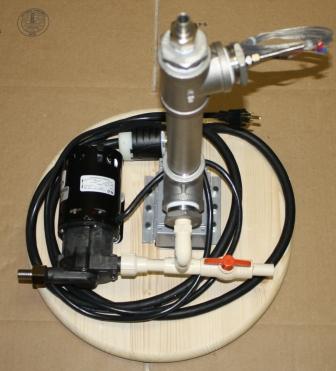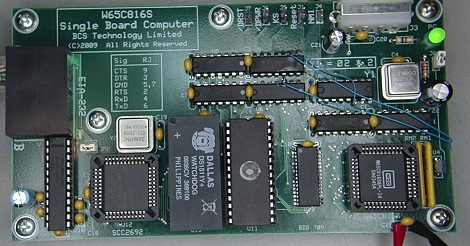
Last week we posted a link to Project Kiwi, a homebrew Motorola 68008-based microcomputer built by [Simon] that includes Ethernet, a very good display adapter, an interface for IDE hard disks, two Commodore SID chips (for stereo chiptunes), a floppy disk controller, and an already existent software library that will make it very easy to develop your own software for this wonderful computer.
After thinking about [Simon]’s Project Kiwi for a while, I’ve been thinking there really hasn’t been a homebrew computer made that is so perfect for a proper Open Hardware release. There are more than enough peripherals in the computer to make development very fun. I’ve suggested doing a group buy to get Kiwi PCBs out into the wild and into the hands of other retrocomputer fanatics, but [Simon] would like a little more feedback.
Of course, this means turning to you, the wonderful Hackaday reader. Would any of you be interested in your own Kiwi microcomputer?
[Simon] tells me there are a lot of problems for turning the Kiwi microcomputer into a Open Hardware project. His prototype PCB cost €300, greatly reducing the number of people who would be interested in making their own Kiwi. Also, there are a few problems on the current PCB design (easily fixed for the next revision), and [Simon] would like to add a few features like DMA and a proper framebuffer.
Despite all those problems, I can’t see a better way to learn about computer architecture the hard way (i.e. 80’s microcomputers as opposed to futzing around with a Raspberry Pi). You’ll also get a really wonderful computer system that will show the power of 80s-era electronics, with the very hopeful goal of spreading the gospel of retrocomputing with the venerable Saint MC68000.
If you’d like to add your two cents – if having an Open Hardware 80s microcomputer is a good idea, or some technical requests such as adding a proper 68000 CPU to future designs, leave a note in the comments or on the forum [Simon] set up on his Kiwi page.
I think it’s a cool idea, but then again I’m probably blinded by how cool an 80s computer of this caliber is. The fate of this project is now in your hands.
















